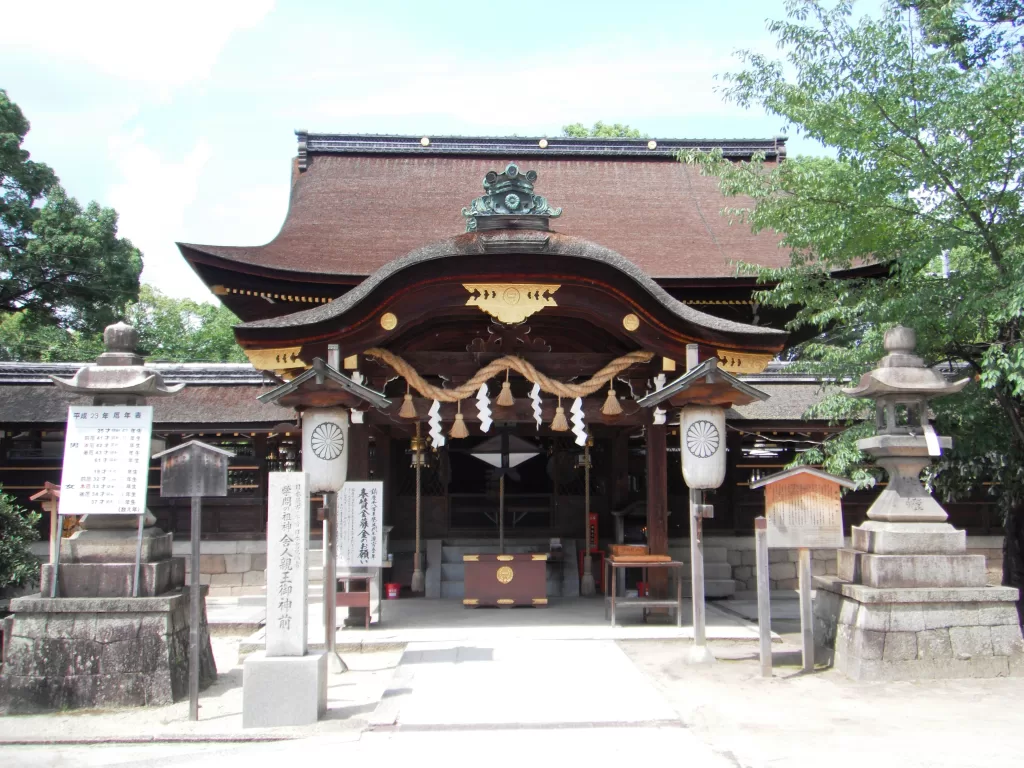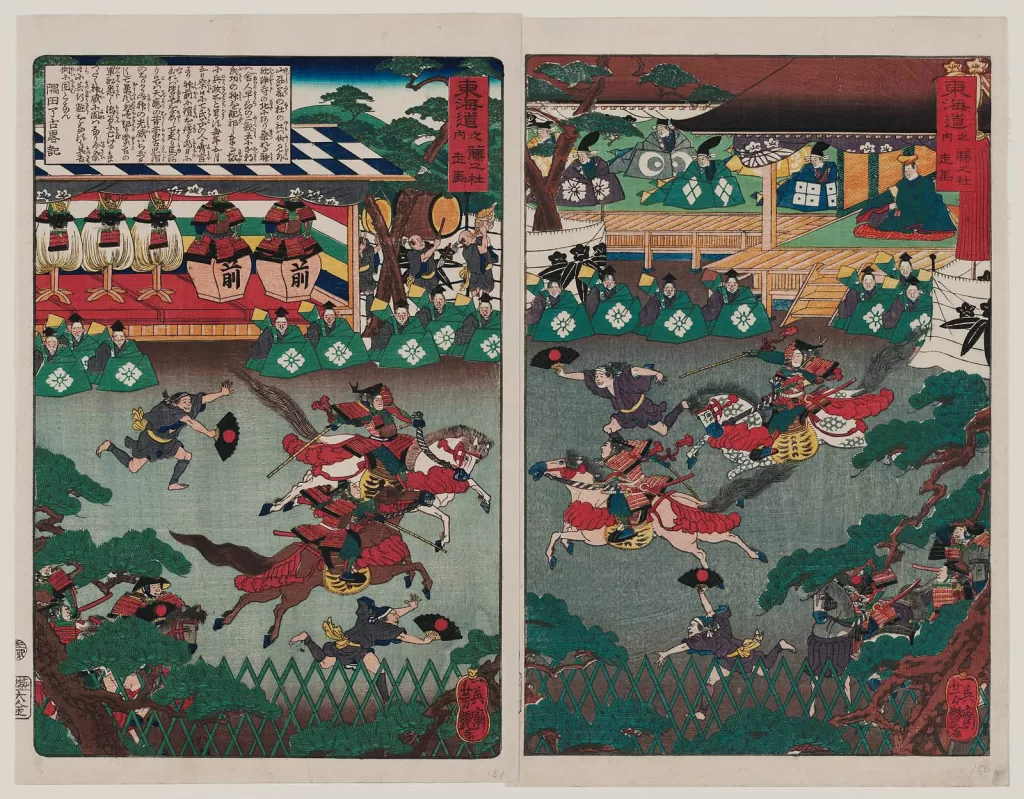Fujinomori Matsuri in Kyoto Showcases Ancient Samurai Skills

A Glimpse of a Bygone Era in the Heart of Fushimi Ward
Between May 1 and 5, the southern part of Kyoto buzzes with the sounds, sights and activities of the annual Fujinomori Matsuri festival. This grand event hosted by Fujinomori Shrine, a significant shrine dating back to the 9th century–draws both locals and tourists interested in horse racing, samurai culture, and traditional Japanese performances.
An Array of Events and Ceremonies to Behold
The five-day celebration features a variety of events that cater to different cultural interests. It’s one of the most popular Kyoto events in May.
Sacred Dances and Prayers
Starting on May 1 at 18:00, attendees can witness the Oide-sai, a sacred dance performance unfold. This is followed by prayers in the main hall held at the same time on May 2.
Transfer of Deity Ritual
May 3 is earmarked for the Mikoshi Mitama Utsushi ceremony. Underway at 13:40, this ritual involves transferring the deity to a ‘mikoshi’ or portable shrine. Spectators can also indulge in taiko drum performances scheduled right before and after this event.
Traditional Music Performances with Yoimiya-sai and Sekku-sai
May 4 offers attendees an evening filled with traditional music. The Yoimiya-sai event starting at 18:00 combines gagaku—a form of court music—and sekku-sai, one of the five annual rituals performed for the Japanese imperial court.

Highlight Event: Kakeuma Shinji – Horse Riding Tricks
Arguably the most adrenaline-rush filled performance is hinged on May 5—Kakeuma Shinji. It features astonishing acrobatic equestrian skills which were once handy for samurais on battlefields; now they captivate audiences twice during this day—at 13:00 and again at 15:00.
Acrobatics from Yore Now an Intangible Cultural Asset of Kyoto
These breathtaking equestrian maneuvers can be traced back to over a millennium. With roots deeply embedded in samurai battlefield tactics, this aspect of the Fujinomori Matsuri transcends mere sport—it’s a preservation of ancient martial skills that have earned it recognition as an intangible cultural asset of Kyoto. Every year dedicated riders convene at the shrine, displaying their prowess before awestruck audiences in efforts to impress both spectators as well as deities enshrined within.
The Shinkosai Procession honoring Prince Sawara
Simultaneously on May 5, another tradition called Shinkosai Procession unfolds. Held within areas where shrine members reside, this march includes parading portable shrines (deemed amongst Kyoto’s most beautiful), signifying prayers for member well-being & prosperity. Eminent figure Prince Sawara—who once invoked victory prayers here prior to entering warfare—holds a significant place within this procession, featuring at its forefront amongst samurai warriors and marching bands.
While samurais donning shining armors are no longer commonplace nor are warriors storming into battles atop horses, these ancient practices still hold relevance through festivals such as Fujinomori Matsuri where they continue being celebrated. Therefore, while times may have greatly evolved from samurai eras—thanks to focal efforts by locals keeping these traditions alive—the annual Fujinomori Matsuri continues offering glimpses into Japan’s rich yesteryears.
If you’re interested in experiencing the vibrant traditions of Kyoto, don’t miss out on Kamo Kurabeuma. Dating back to 1093, this ancient ritual at Kamigamo Shrine is believed to be the origin of horse racing in Japan.